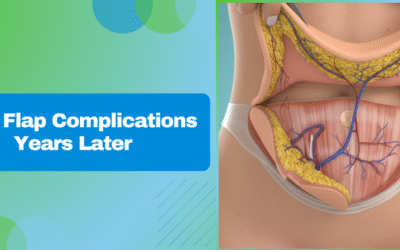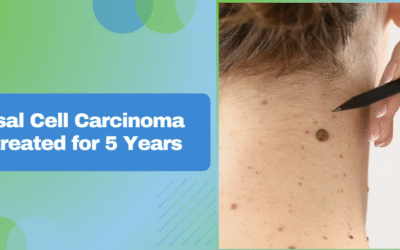
Post-Burn Deformity & Contracture Treatment in Mumbai - Introduction
A traumatic burn injury is more than a physical wound—it leaves behind scars, stiffness, and limitations that may affect every aspect of life. There are an estimated 11 million people annually with burn injuries worldwide, with nearly 1 million new cases across India each year. Sadly, burn survivors tend to have long-term burn contractures and deformities that can interfere with movement, everyday living, and self-esteem.
Dr. Leena Jain, a dedicated Plastic surgeon in Mumbai, explains:
“Burn deformities do not just cause cosmetic changes; they impact functionality, independence, and emotional health. By addressing them with the right surgical and rehabilitative approach, we help patients regain mobility, dignity, and a sense of normalcy.”
Dr. Jain is among the trusted surgeons for people seeking treatment options for Post-Burn Deformity in Mumbai.
The deeper you look, the clearer it gets…
Understanding Post-Burn Deformity
When skin suffers severe burns, the natural healing process leads to scarring. Unlike normal skin, scar tissue is thick, uneven, and lacks elasticity. Over time, this scar tissue can pull the skin tightly across joints or body parts, restricting movement and distorting appearance.
How Post-Burn Deformities Develop:
Scar contraction:
Joint involvement:

Facial deformities:
Hand and foot contractures:
Dr. Leena Jain, an insightful Reconstructive surgeon in Mumbai, shares:
“One of the most common consequences of burn healing is contracture formation. These contractures not only limit joint function but can also cause psychological distress, especially when they affect visible areas like the face or hands. Early intervention often makes a significant difference in preventing permanent disability.”
What to Expect During Consultation
A consultation for post-burn deformity involves a detailed assessment. The doctor carefully evaluates both the physical and emotional impact of the burns.
Here’s what usually happens:
Medical history review:
Physical examination:
Functional tests:
Customized treatment planning:

Dr. Leena Jain, a compassionate Hand and Microsurgeon in Mumbai, adds:
“Every burn survivor’s journey is unique. A thorough consultation helps us design a plan that restores function while improving aesthetics. The focus is not only on surgery but also on rehabilitation and long-term results.”
Treatment Options for Post-Burn Deformities
Managing burn-related deformities requires both surgical and non-surgical approaches. Depending on severity, one or more methods may be recommended.
Common options include:
Skin grafting: Replacing scarred skin with healthy skin from another part of the body.
Flap surgery: Using tissue with blood supply to cover deep or large deformities.
Z-plasty and local flaps: Small procedures that release tight scars and improve mobility.
Burn reconstruction surgery: Comprehensive surgical correction that addresses both function and appearance.

Splinting and physiotherapy: To maintain results and prevent recurrence.
Dr. Leena Jain, an innovative Reconstructive Plastic surgeon in Mumbai, emphasizes:
“Surgical correction is just one part of the journey. Equally important is rehabilitation, as it ensures the patient adapts to improved mobility and function. With advances in surgical techniques, outcomes today are more predictable and satisfying than ever before.”
Recovery & Rehabilitation After Surgery
Post-operative recovery is as vital as the treatment itself. Rehabilitation helps maintain surgical results and improves overall quality of life.
Benefits of structured recovery include:
Improved range of motion: Regular physiotherapy restores flexibility.
Better appearance: Scars heal smoother with proper care.
Emotional well-being: Restored function boosts self-esteem.
Independence in daily activities: Patients regain confidence in performing tasks.
Cost of Post-Burn Deformity Treatment in Mumbai
The cost of treatment varies widely depending on various factors:
Frequently Asked Questions
1. Can post-burn deformities be treated years after the injury?
2. Will surgery completely remove scars?
3. How long does recovery take after burn reconstruction?
4. Are non-surgical options available for mild deformities?
5. Is burn reconstruction surgery painful?
Recent Blogs
Stages of Breast Reconstruction After Mastectomy – A Guide by Dr. Leena Jain
Breast reconstruction after mastectomy is a significant aspect of the recovery process, both...
DIEP flap complications years later
Life often throws unexpected challenges, and for many women, a breast cancer diagnosis is one of...
Basal Cell Carcinoma Untreated for 5 Years
Hearing the word cancer can instantly stir fear and uncertainty. It’s natural—cancer has long been...



